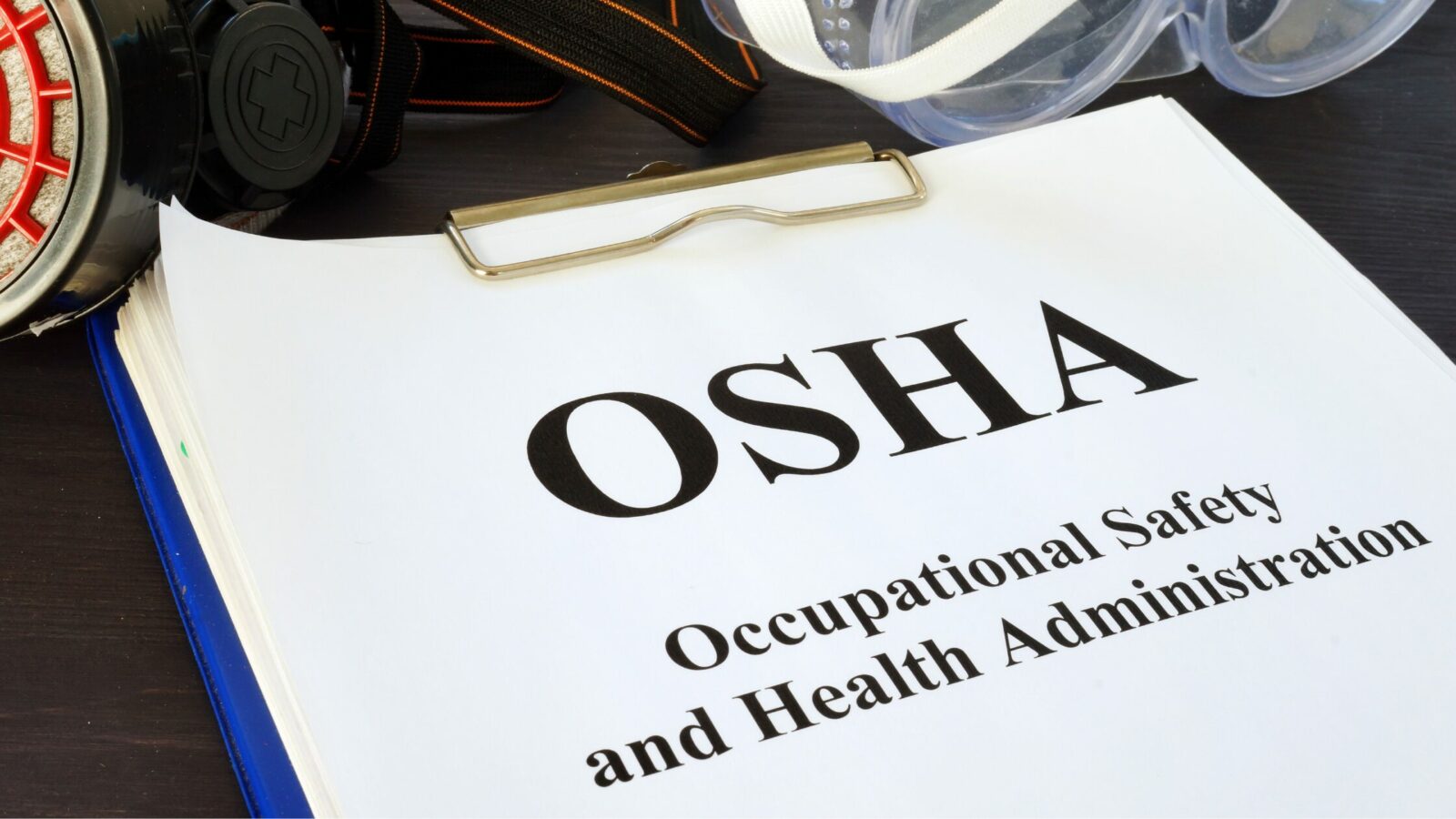When it comes to workplace safety, one of the most important aspects is ensuring that your organization complies with OSHA regulations. While many employers are committed to maintaining a safe environment, preparing for an OSHA inspection is often overlooked. Being proactive in this area safeguards employees and prevents costly citations and penalties.
Why Does OSHA Conduct Inspections?
The Occupational Safety and Health Administration (OSHA) protects workers by enforcing safety standards and identifying hazards that can lead to accidents, injuries or fatalities. OSHA’s inspection programs include programmed, targeted, complaint-based and referral-based inspections, as well as those triggered by special emphasis programs, fatalities or incidents. The agency’s goal is to ensure that companies comply with regulations and improve overall safety for their workforce.
As OSHA continues to increase the number of programmed and targeted inspections, employers must be aware of the inspection process and how to properly prepare for it.
What Triggers an OSHA Inspection?
Understanding the different types of inspections can help you better anticipate and prepare for them. Here’s a breakdown:
- Programmed Inspections: These are part of OSHA’s schedule and focus on industries with high injury rates or specific hazards.
- Targeted Inspections: OSHA targets specific employers based on previous violations or injury rates.
- Complaint-Based Inspections: When an employee or third-party files a complaint, OSHA may conduct an inspection.
- Referral Inspections: Referrals come from other agencies, media reports or even local authorities.
- Special Emphasis Inspections: OSHA periodically focuses on high-hazard areas, such as silica exposure or fall protection.
- Fatality/Incident Inspections: If a workplace incident leads to a fatality or hospitalization, OSHA will likely investigate.
Knowing the type of inspection your company might face is the first step in preparing effectively.
The OSHA Inspection Process
So, what happens when OSHA arrives? Here’s what you can expect:
- Presentation of Credentials: OSHA compliance officers will introduce themselves and present their credentials upon arrival.
- Opening Conference: The officer will explain the purpose of the visit, whether it’s a programmed or targeted inspection or in response to an employee complaint, fatality or another trigger. They’ll also outline what the inspection will cover.
- Walkaround: The compliance officer will inspect your workplace, looking for potential hazards, reviewing work practices and speaking to employees. They may also take photos, videos or samples as evidence of hazards.
- Interviews: The officer may interview employees about their working conditions and knowledge of safety procedures. While these interviews can be conducted in private, employees should be encouraged to be open and honest.
- Closing Conference: After the walkaround, the compliance officer will hold a closing conference to discuss any violations found during the inspection. This is your opportunity to ask questions and clarify concerns.
Preparing for an OSHA Inspection
Proper preparation is key to handling an OSHA inspection smoothly. Here’s how you can be ready:
- Create a Plan: Develop a strategy for handling inspections. Ensure that key personnel understand their roles and are prepared to accompany the OSHA officer during the walkaround.
- Review Your Safety Programs: Make sure all written safety programs are up-to-date and accessible. This includes documentation on hazard communication, lockout/tagout procedures, emergency action plans and employee training records.
- Communicate with Leadership: Ensure that your leadership team is aware of OSHA’s priorities and how to respond to inspections. Regularly review safety audits and reports to stay informed on potential hazards.
- Conduct Internal Audits: Perform regular internal safety audits to identify and fix hazards before OSHA arrives. This proactive approach demonstrates a commitment to safety and helps minimize citations.
OSHA Citations and Penalties
If OSHA identifies violations, you’ll receive a citation with a penalty chart outlining potential fines based on the severity of the violation. Understanding this chart is crucial to knowing the financial and operational impacts of any issues uncovered during an inspection.
Violations are categorized as serious, willful or repeated, with penalties ranging from a few thousand dollars to six-figure fines. Employers have the option to contest citations or enter an informal conference to discuss abatement options.
Prepare for an OSHA Inspection
Being prepared for an OSHA inspection is essential to ensuring the overall safety of your workforce. By understanding the inspection process, maintaining compliance and developing a plan, employers can reduce their exposure to penalties and create a safer work environment for their teams.
Want to learn more? Join our upcoming FREE webinar where we’ll dive deeper into OSHA inspection processes and how to protect your business from compliance pitfalls. We’ll also answer all your questions during our Q&A session.
 763.417.9599
763.417.9599
